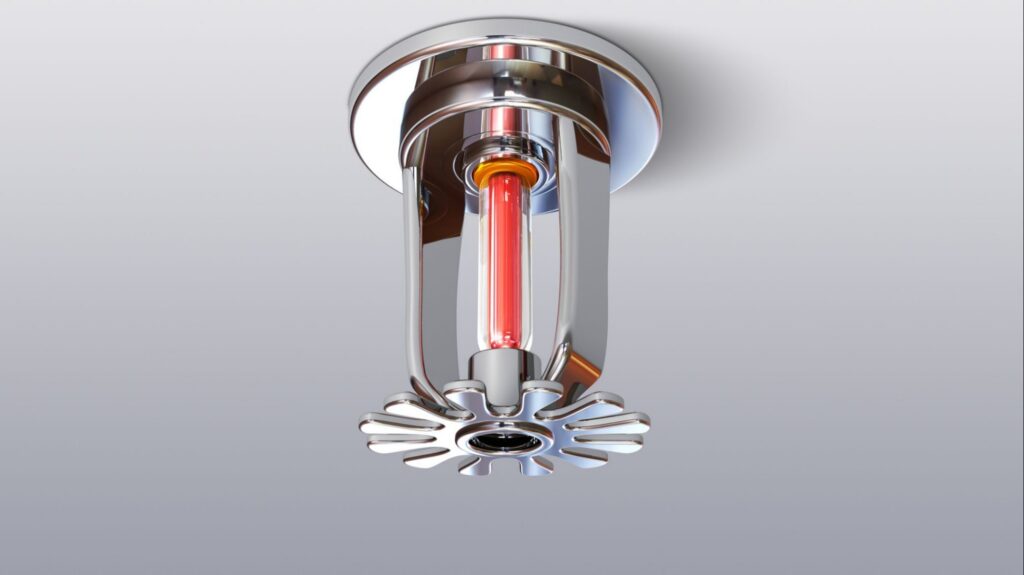
In a world where safety is paramount, the importance of effective fire protection systems cannot be overstated. Among the arsenal of firefighting tools, fire sprinkler systems stand out as an indispensable component for safeguarding lives and property. This article delves into the intricacies of fire sprinkler systems, highlighting their significance, functionality, and the key factors that contribute to their high efficiency.
The Evolution of Fire Sprinkler Systems:
Fire sprinkler systems have evolved significantly over the years, transitioning from basic designs to sophisticated, technologically advanced setups. Originating in the 19th century, the first sprinkler systems were simple, temperature-triggered devices. Today, modern fire sprinkler systems utilize cutting-edge technology, including heat-sensitive elements, advanced sensors, and smart controls, ensuring rapid response and maximum coverage.
Key Components of a Fire Sprinkler System:
- Sprinkler Heads: At the core of any fire sprinkler system are the sprinkler heads. These are strategically placed throughout a building, and each head is equipped with a heat-sensitive element. When the ambient temperature rises due to a fire, the element triggers the sprinkler head to release water.
- Piping Network: The network of pipes serves as the circulatory system of the fire sprinkler setup, ensuring water reaches every corner of the protected area swiftly. The materials used for these pipes can vary, with common choices being steel, copper, and CPVC (Chlorinated Polyvinyl Chloride).
- Control Valve: The control valve is the brain of the system, responsible for regulating water flow. It remains closed under normal circumstances, opening only when the heat-sensitive element in a sprinkler head is activated. This ensures water is released precisely where and when it is needed.
- Alarm System: A critical component for early detection, fire sprinkler systems are often integrated with alarm systems. These alarms can alert occupants and emergency responders immediately upon activation, allowing for swift evacuation and intervention.
Benefits of Fire Sprinkler Systems:
- Rapid Response: One of the most significant advantages of fire sprinkler systems is their ability to respond swiftly to a developing fire. The localized activation of sprinkler heads ensures that water is directed precisely to the affected area, minimizing damage and controlling the spread of flames.
- Life and Property Protection: The primary purpose of fire sprinkler systems is to protect lives and property. Studies consistently show that buildings equipped with functioning sprinkler systems experience significantly fewer casualties and less severe damage in the event of a fire.
- Cost-Effective: While the initial installation cost may be a consideration, the long-term cost-effectiveness of fire sprinkler systems is undeniable. The potential losses from fire damage, coupled with insurance premium reductions for buildings with sprinkler systems, make them a prudent investment.
- Environmental Impact: Water, the extinguishing agent used in sprinkler systems, is environmentally friendly compared to alternative fire suppressants. The controlled release of water minimizes collateral damage and reduces the environmental impact associated with firefighting efforts.
- Compliance with Codes and Regulations: Fire sprinkler systems play a crucial role in meeting building codes and safety regulations. Many jurisdictions require the installation of sprinkler systems in specific types of buildings to ensure compliance with safety standards.
Conclusion:
In conclusion, fire sprinkler systems represent a pinnacle in fire protection technology, offering a proactive and effective approach to safeguarding lives and property. With advancements in design and technology, these systems continue to evolve, providing even greater reliability and efficiency. Investing in a high-quality fire sprinkler system is not just a legal requirement in many cases; it is a commitment to prioritizing safety and security for both occupants and assets. As we navigate the challenges of the modern world, the importance of these systems cannot be overstated, making them an indispensable element in our collective pursuit of a safer future.
